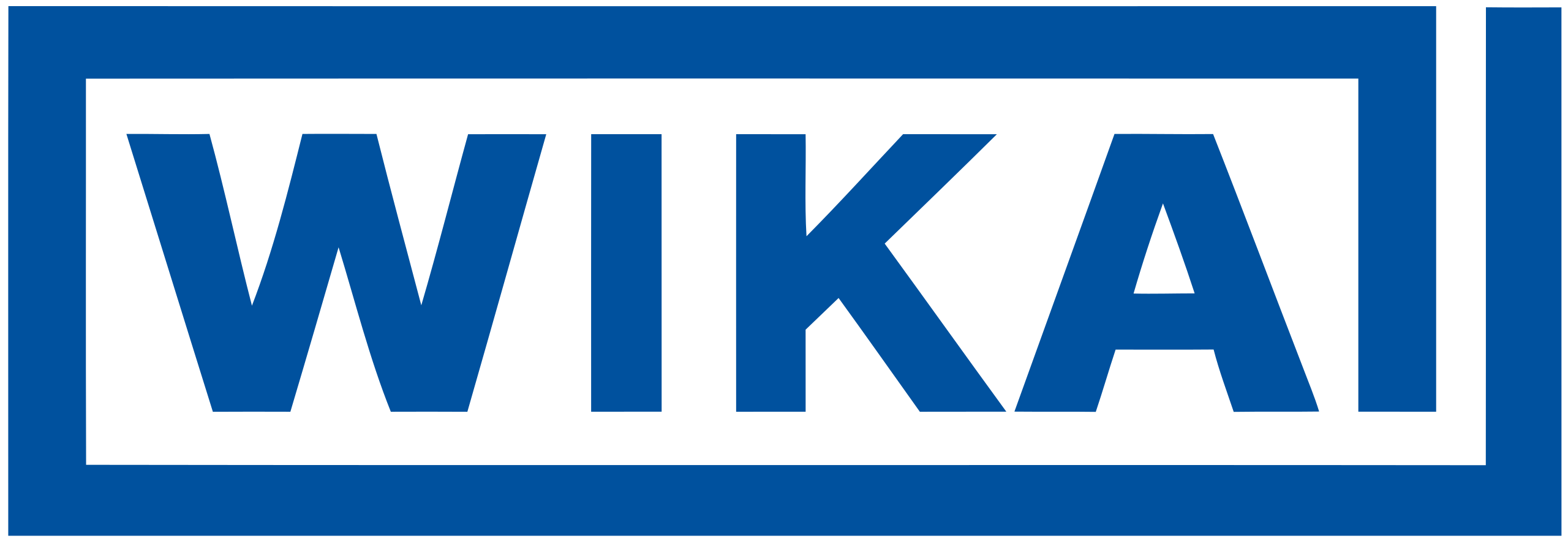TULIP2 implementation guide
This short guide explains how the legacy-but-still-supported WIKA TULIP2 codec is implemented in the repository, where to look when things break, and how to evolve the decoder safely.
Downlink encoding is optional in TULIP2. Most shipped codecs do not expose an encoder yet; support will arrive alongside future device firmware once the command set is finalised.
High-level architecture
The TULIP2 stack lives in packages/parsers/src/codecs/tulip2/ and integrates with device parsers through defineParser() like every other codec family.
index.ts:
home ofdefineTULIP2Codec(). It validates channel layouts, wires message handlers, and exposes codec methods (decode,canTryDecode, rounding and measuring-range adjustments, optionalencode).- Device handlers:
each device keeps its message handlers underpackages/parsers/src/devices/<DEVICE>/parser/tulip2/. A handler receives the rawUplinkInputplus context (roundingDecimals,channels) and returns a typedGenericUplinkOutput. - Shared utilities:
channel validation (checkChannelsValidity) lives inpackages/parsers/src/codecs/utils.ts; rounding helpers (getRoundingDecimals) live inpackages/parsers/src/utils.tsand are reused by both TULIP2 and TULIP3. - Tests and fixtures:
device folders includeexamples.jsonwith mandatory spec fixtures and Vitest suites (for exampledriver-examples.test.ts) that assert decoded output against the implementation and schemas.
Message flow in a nutshell
defineParser()constructs the device parser and includes one or more TULIP2 codecs.defineTULIP2Codec()takes a channel map and handler table. The first payload byte (0x00–0x09) is used to look up the correct handler.- The selected handler decodes the rest of the payload. It can read channel metadata (name, range, ID) from the
channelsarray, apply rounding via the providedroundingDecimals, and return warnings or errors if needed. - The codec surfaces the handler result as
GenericUplinkOutput, which flows back through the device parser APIs (decodeUplink,decodeHexUplink).
Updating or extending TULIP2
When evolving the codec or bringing a new device online:
- Define channels first. Each channel needs a unique
name,channelId, and measurement range. Keep the arrayas constso TypeScript captures literal names and IDs. - Validate handlers cover every message type you expect to see. Add new entries (0x00–0x09) in the handler table and reuse shared helpers for parsing/rounding.
- Avoid sharing channel arrays between codecs.
adjustMeasuringRange()mutates channel entries; ensure every codec instance gets a fresh channel array. - Implement downlink (optional). If the device supports encoding, supply an
encodeHandlerthat produces the byte array. Keep validation strict and add tests around it. - Update fixtures and schemas. Extend
examples.json, adjust schema factories if the output shape changes, and regenerate JSON schemas viapnpm schemawhen needed. - Add or adjust tests. Extend device-specific Vitest suites and ensure register or lookup logic is covered when you introduce casts or new enums.
- Run validation scripts. At minimum execute
pnpm --filter ./packages/parsers test; includepnpm schemaif schema files were touched.
Known limitations
- Downlink parity:
because few devices expose a stable command set, encoders are typically omitted. Expect to add them per device when customer requirements firm up. - Handler discipline:
TULIP2 does not enforce exhaustive handler coverage. If a new message type appears at runtime without a matching handler, the codec will throw. Always add a handler and corresponding tests when you learn about new message IDs. - Mutable channels:
adjustMeasuringRange()mutates the channel array. Reuse of the same array across codecs leads to surprising behaviour; always return new objects from device factories.
Armed with this overview, you can follow the paths in defineTULIP2Codec() and the device-specific handler modules to diagnose issues quickly or extend support for new payloads.
